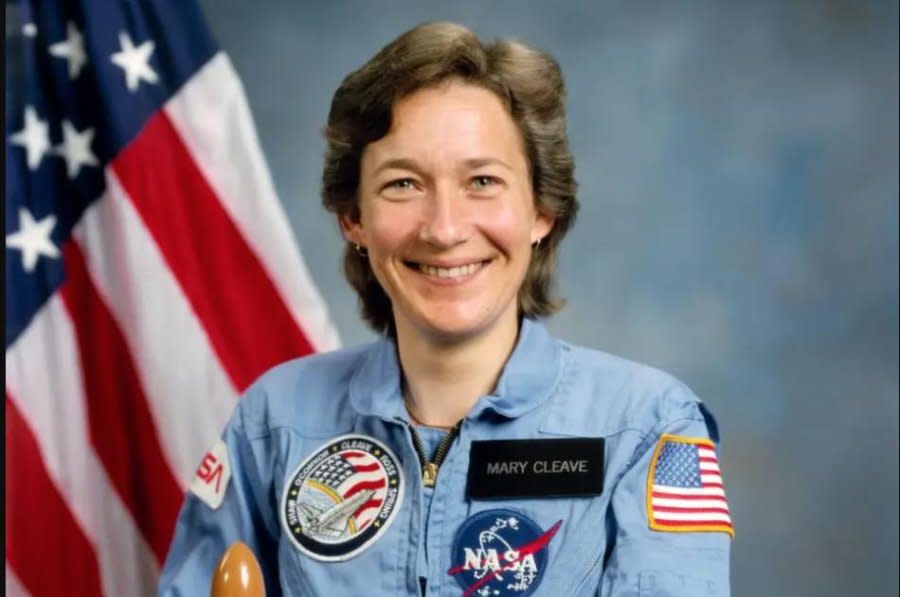NASA shuttle astronaut, scientist Mary Cleave remembered as 'trailblazer'

- Oops!Something went wrong.Please try again later.
Nov. 30 (UPI) -- NASA on Thursday paid tribute to retired astronaut Mary Cleave, the first woman associate administrator for NASA's Science Mission Directorate, who died Nov. 27 at 76.
Cleave, a veteran of two NASA spaceflights, became an astronaut in 1980.
"I'm sad we've lost trailblazer Dr. Mary Cleave, shuttle astronaut, veteran of two spaceflights, and first woman to lead the Science Mission Directorate as associate administrator," said NASA Associate Administrator Bob Cabana in a statement. "Mary was a force of nature with a passion for science, exploration and caring for our home planet. She will be missed."
Her first mission was Nov. 26, 1985, aboard the space shuttle Atlantis for deployment of communications satellites and two six-hour spacewalks.
Cleave operated the Continuous Flow Electrophoresis experiment for McDonnell Douglas on that mission.
Cleave's second mission, also on the Atlantis, was a four-day flight in May 1989 to deploy the Magellan Venus exploration spacecraft. It was the first planetary probe to be launched fro ma space shuttle, according to NASA.
Magellan was successful, mapping over 95% of the surface of Venus.
Beginning in 1991 Cleave worked in NASA's Laboratory for Hydrospheric Processes as the project manager for SeaWiFS (Sea-viewing, Wide-Field-of-view-Sensor). That was a color sensor for the ocean that monitored global vegetation.
NASA said in a statement that from Aug. 2005 to Feb. 2007, Cleave "guided an array of research and scientific exploration programs for planet Earth, space weather, the solar system, and the universe" as associate administrator for NASA's Science Mission Directorate.
In Dec. 2005, NASA's Stardust interstellar mission returned to Earth after a 3 billion mile journey to study comets and the origins of the solar system.
Cleave said at the time, "Comets are some of the most informative occupants of the solar system," said Mary Cleave, associate administrator for NASA's Science Mission Directorate. "The more we can learn from science exploration missions like Stardust, the more we can prepare for human exploration to the moon, Mars and beyond."
During her career she was awarded two NASA Space Flight medals; two NASA Exceptional Service medals; a NASA Exceptional Achievement Medal; NASA Engineer of the Year; and an American Astronautical Society Flight Achievement Award.
Cleave retired in February 2007.

